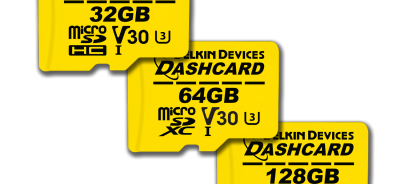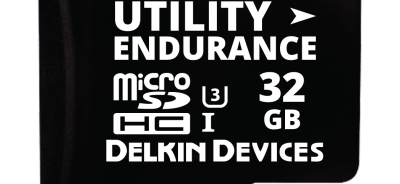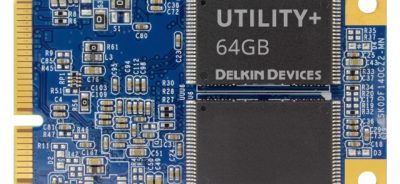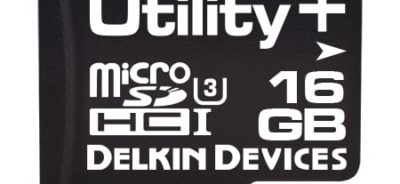SLC NAND vs. MLC NAND
If you are exploring your options for embedded flash storage, two contenders are likely to be on your list: SLC NAND and MLC NAND. Both of these forms of NAND flash storage are popular and reliable, and each one has its most appropriate uses. The trick is not using MLC NAND when you really need SLC, or paying for SLC when you could get by with MLC. Which NAND flash storage technology is right for your application? This comparison of SLC NAND vs. MLC NAND will help you make up your mind.
SLC NAND
Single-level cell, or SLC, NAND gets its name from the amount of data it stores on its cells. With SLC NAND, one bit of data is stored on each cell. This kind of storage is extremely important for devices in which critical data will be saved, such as those used in healthcare, transportation, and other industrial applications.
SLC NAND flash’s format of storing a single bit of data per cell matters for a few reasons. First, the read and write times are faster than other forms of flash storage, since every cell only has to perform operations with a single bit of data. You won’t find faster performance with any other kind of flash storage in an SSD, or solid state drive.
Second, storing one bit of data per cell minimizes the risk of data loss and corruption. The speed with which the read and write operations occur means that unexpected power losses are less likely to impact storage and cause data loss. Similarly, it is less likely for cell crosstalk to occur in SLC NAND, which helps to protect data from corruption. Because of these speed and reliability advantages, SLC NAND is used in most industrial applications.
MLC NAND
MLC stands for multi-level cell. With this kind of flash storage, two bits of data are stored per cell. Because each cell has to perform operations with two bits of data, the processing time is slower with MLC NAND, and data loss and corruption because of unexpected power losses and cell crosstalk are more common. There are four voltage states involved in every MLC NAND write operation, which shortens the lifespan of the cards.
While MLC NAND may be slower and more prone to errors than SLC NAND, it is still widely used. You will find it most often in commercial and consumer grade applications. MLC NAND is the right solution for these products because it costs less than SLC NAND while providing suitable reliability and the right kind of functionality for consumer use. Typically, MLC NAND should not be used in industrial applications.
Do you have questions about SLC NAND vs. MLC NAND? Delkin’s product team is here to provide answers and help you pick the best flash storage for your application’s needs. Contact us today.
 Login
Login Register
Register












